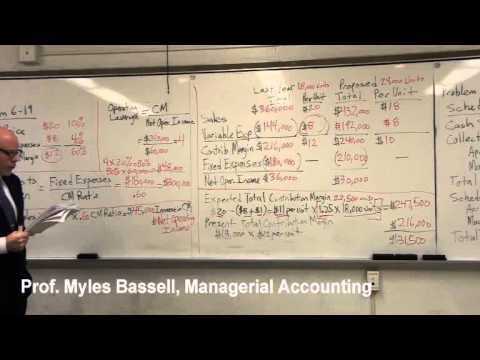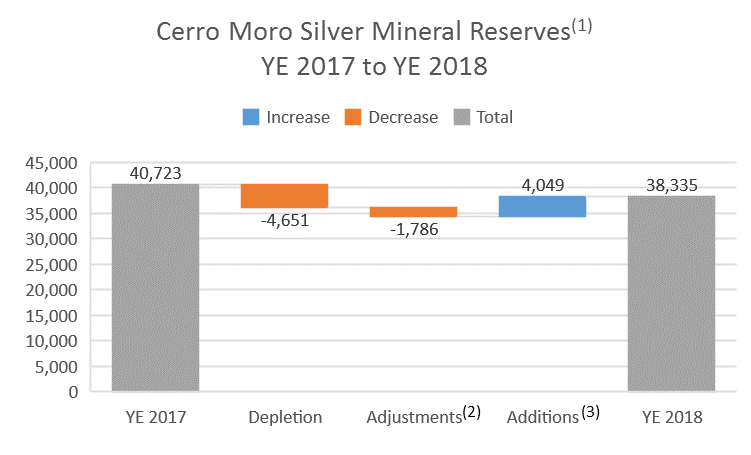Content

Accounting rules consider both depreciation and amortization as non-cash expenses, which means that companies spend no cash in the years they are expensed. Like depreciation, amortization utilizes a straight-line method, meaning the company calculates the expense in a fixed amount over the useful life. For example, if they determine the value of the patent is ten years, then the company expenses the $10,000 at $1,000 a year. Buying businesses and equipment for operations is a part of business, and using both depreciation and amortization is how companies account for those purchases.
OSI Systems, Inc. (NASDAQ:OSIS) Q2 2023 Earnings Call Transcript – Yahoo Finance
OSI Systems, Inc. (NASDAQ:OSIS) Q2 2023 Earnings Call Transcript.
Posted: Mon, 30 Jan 2023 15:34:40 GMT [source]
A highly leveraged company could report the same EBIT as a company with very little debt, but the highly leveraged company might be more likely to fail if it suffered a https://online-accounting.net/ sudden drop in sales. There were no changes in short-term loans payable or long-term liabilities. However, there was the owner’s $2,000 investment in the Good Deal Co.
Cash Flows and the Impact of Depreciation and Amortization
In this circumstance, straight-line amortization over an expected useful life of the group of accounts may overstate net earnings in earlier periods and understate such earnings in later periods. Therefore, customer-based intangible assets should generally be amortized systematically to allocate an amount over the periods expected to be benefited using the pattern of economic benefit. Solving for the net cash flow and adding the beginning cash balance will get you to the new/ending cash balance. This cash balance then flows to the company’s “cash and equivalents” on the balance sheet. Additionally, net income flows into shareholders’ equity via retained earnings . The first issue in accounting for a long-lived asset is determining its cost at acquisition. The costs of most long-lived assets are capitalised and then allocated as expenses in the profit or loss statement over the period of time during which they are expected to provide economic benefits.
- In other words, the depreciated amount expensed in each year is a tax deduction for the company until the useful life of the asset has expired.
- Even if you do not use the asset, a measure of annual depreciation for that asset will still be recorded for accounting purposes in recognized depreciation tables.
- Two of these concepts—depreciation and amortization—can be somewhat confusing, but they are essentially used to account for decreasing value of assets over time.
- As always, thank you for taking the time to read today’s post, and I hope you find something of value in your investing journey.
- Accumulated Depreciation is the entire portion of the cost of an asset allocated to depreciation expense since the time an asset is put into service.
In this instance, the economic benefits are likely to be consumed toward the latter part of the asset’s life. Due to the pattern of consumption for many intangible assets, instances when amortization expense is greater in the later years are expected to be rare. The amount of an amortization expense write-off appears in the income statement, usually within the “depreciation and amortization” line item. The accumulated How To Use Depreciation And Amortization For Your Financial Reports amortization account appears on the balance sheet as a contra account, and is paired with and positioned after the intangible assets line item. In some balance sheets, it may be aggregated with the accumulated depreciation line item, so only the net balance is reported. Typically, customer relationships within a large group of accounts may dissipate at a more rapid rate in the earlier periods than in later periods.
Example: Depreciation Expense
Depreciation typically relates to tangible assets, like equipment, machinery, and buildings. Amortization, however, involves intangible assets, such as patents, copyrights, and capitalized costs. The account created for accumulated depreciation is a compensatory one which decreases the fixed assets account. Unlike other accounts, this one continues to increase until after the asset has been written off, sold, or fully depreciated. At the bottom of the depreciation schedule, prepare a breakdown of the net change in PP&E.

